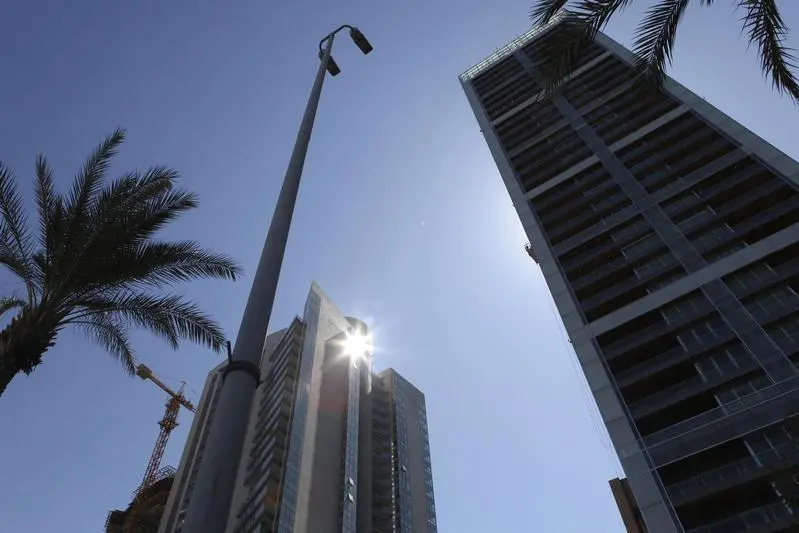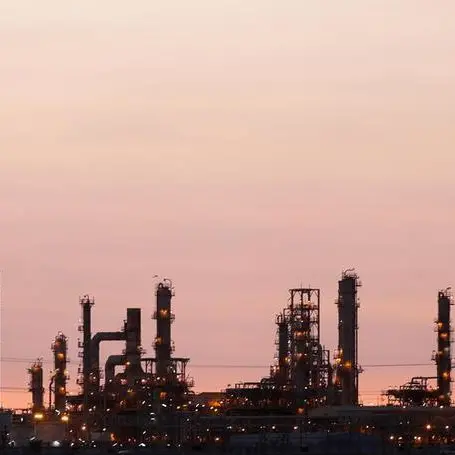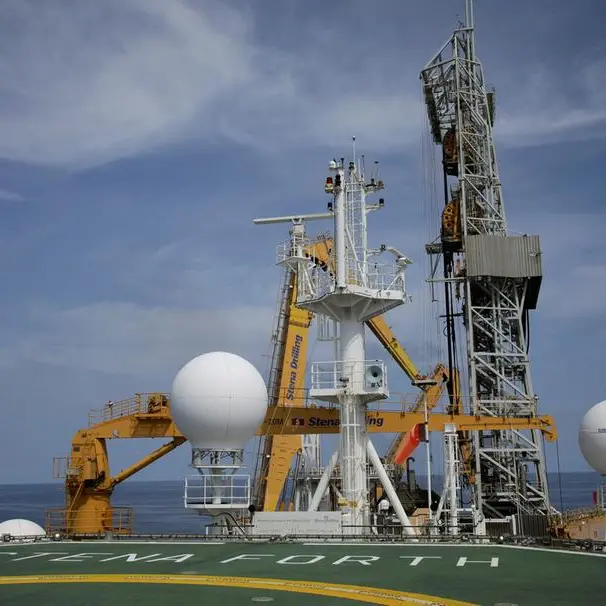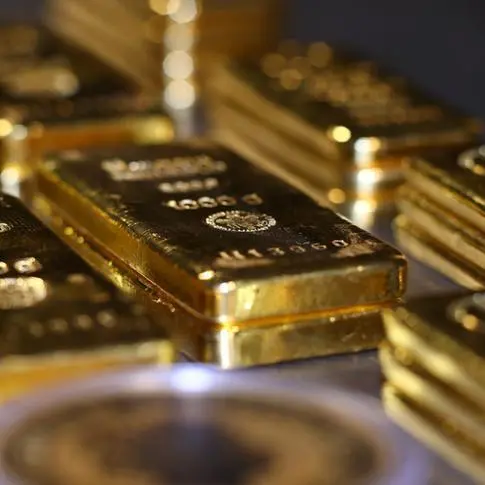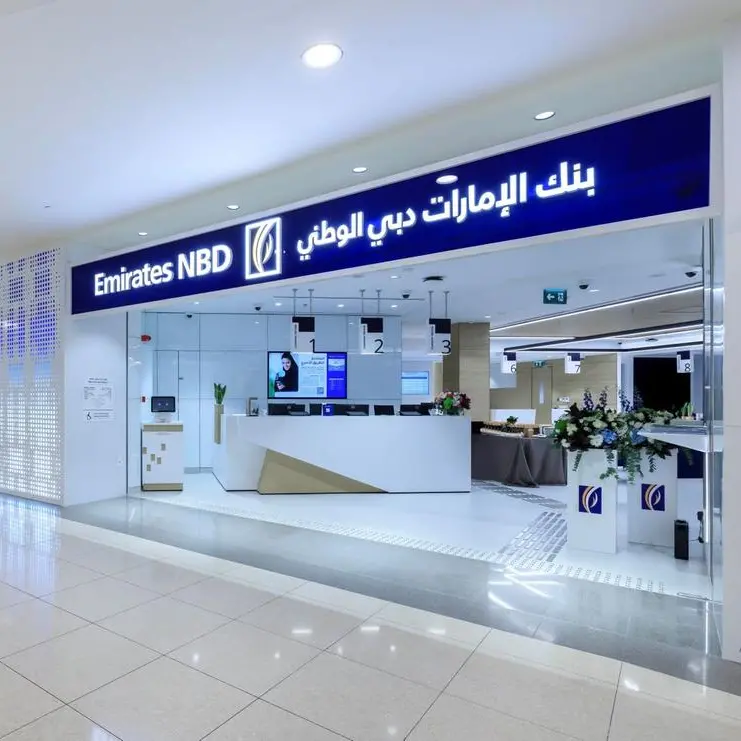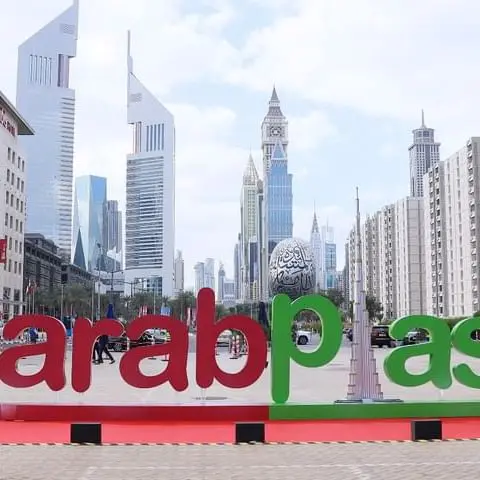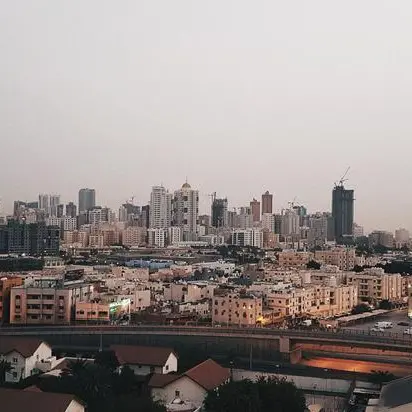PHOTO
The need for eco-friendly development for Lebanon - for all
Lebanon’s real estate sector is going green, with more than a little help from a powerful friend, Banque du Liban (BDL), the country’s central bank. Since BDL made subsidized loans for energy efficient projects available in 2010, developers have been making use of them, building to various international standards. Building green increases construction costs, which is why the subsidized loans are a great incentive for more eco-friendly developments in the country. We must, however, do a better job understanding what we’re getting for our money (i.e., what CO2 emission reduction does building green have in Lebanon). More importantly, we need to explore a larger basket of incentives for developers to meet a more pressing social need – affordable housing. And these new buildings must also meet modern environmental standards. Building an affordable home on the cheap is ultimately counter productive.
Evidence for the impact of green buildings in reducing carbon emissions is anecdotal in Lebanon. For starters, we simply have no data on greenhouse gas emissions for Lebanon’s building stock in general. Executive has found no accounting for greenhouse gas emissions reductions as a result of green buildings completed or under construction in the past six years. That said, Lebanon has poured some $450 million into renewable energy, energy efficiency and green buildings in the period 2012 – 2015, with most of that money heading toward the latter two. We need reliable numbers to measure the efficacy of spending on energy efficiency and green buildings to put a dollar figure on emission reduction.
We do know that investments in solar photovoltaic (PV) systems result in savings for the investor – to the tune of $2 million off $15 million invested last year ($30.5 million cumulatively since 2010). And we know the estimated emissions savings from all PV projects in Lebanon reached 6,000 tons of CO2 in 2015 at a cost of $87 per ton reduced, according to a newly published report from the United Nations Development Program’s Small Decentralized Renewable Energy Power Generation Project (DREG).
Number crunching
But from the $450 million, we neither have an indication of the amounts going to each energy efficiency project or green building, nor do we know what benefit the investments have in terms of emitting less carbon. We need to quantify the cost emission reductions in Lebanon’s real estate because international donors look for cost competitive ways to emit less CO2. For Lebanon to meet the agreed upon carbon emission reduction targets, part of last year’s climate change agreement in Paris, we need to accurately and fully capture data that point out how much emissions are reduced and at what cost. Whether here or elsewhere in the world, donors demand projects that can clearly indicate the cost of removing a ton of CO2. Lebanon must show that that cost is competitive with other countries because the impact of donors’ funding will be the same globally whether a ton of carbon is no longer being emitted in Lebanon or in another country.
We know from other countries that building stock emissions can be quantified. The United States Green Building Council (USGBC), an American non-profit that developed the LEED green building rating system, in a 2015 fact sheet found that the “commercial and residential building sector accounts for 39 percent of carbon dioxide (CO2) emissions in the United States per year”. The fact sheet also points out that if half of the 15 million new buildings forecasted for construction in 2015 used 50 percent less energy, carbon emissions would drop by 6 million tons of CO2 annually over the next 50 to 100 years, the estimated lifespan for new buildings. USGBC also says that the average for new LEED certified constructions use 32 percent less electricity while saving 350 tons of CO2 emissions per year.
Developers in Lebanon also apply for LEED certification (although the developer of SAMA Beirut, Lebanon’s tallest building, told Executive last year that because of dependency on private electricity generators, many local projects cannot fully qualify for certification), but Lebanon should go a step further and incorporate environmental rules in its building code so developers can legally be held accountable to what they might call “green” benchmarks. On a positive note, the government did announce last month that it would prepare green building standards, an effort trumpeted before but not followed through on.
Real talk on real estate
Additionally, though, the central bank should be a bit more socially equitable in attempting to stimulate the economy. Developers have been given low-interest loans to build green. They have also been given a chance to restructure their loans if facing cashflow problems. Consumers have been given low-interest loans to buy property (inadvertently propping up prices that skyrocketed a few years ago yet remained in the stratosphere as everyone in town talked about a real estate slump). Real estate is fundamentally important for the Lebanese economy, but we must think of all participants in that economy. If homeownership is reserved for a certain salary scale, we’re sowing the seeds of future social conflict.
Normally, we might call on parliament or cabinet to wake up and act. The new rent law – which was supposed to help subsidize affordable housing – is only partially being implemented. Aspects of the law related to affordable housing are among the provisions being ignored. It’s clear neither parliament nor cabinet will rectify this any time soon. The central bank, therefore, should step in. There are plenty of examples of how to incentivize the construction of low-cost housing (subsidized loans, tax breaks, etc) and plenty of lessons to learn from failures in other jurisdictions (building cheap being counterproductive, as noted above). In recent years, the central bank has taken an increasingly liberal approach to what is included in “monetary policy”. It can act on this. And it must. Soon.
© Executive 2016
